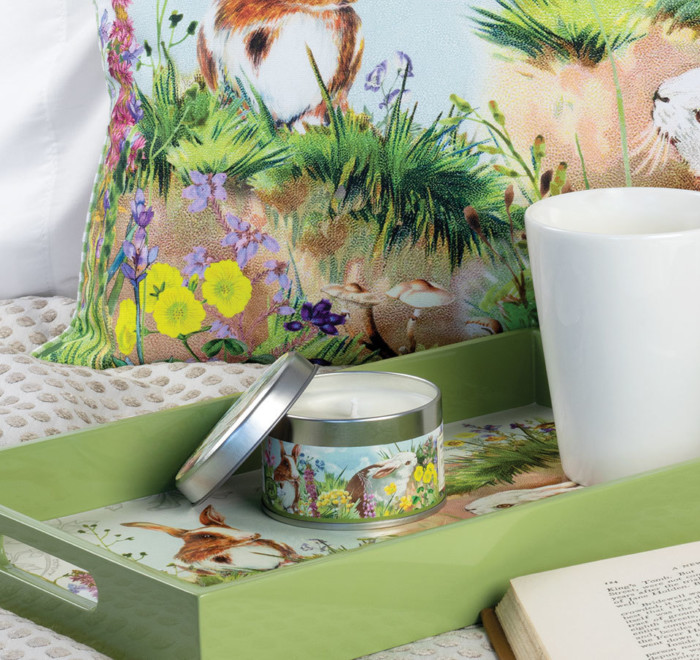Table Of Content

Read on to discover ten simple tips for zen interiors you can easily use in your home. Minimalism means practicality, so consider a modern look for the kitchen. An island helps you move around without bumping into objects and opens up space. Finally, install high-tech appliances to save on energy bills and boost efficiency. Contrasting finishes without patterns make kitchens look neat and clean (via Style By Emily Henderson).
Creating a Tranquil and Uncluttered Space
In a minimalist zen home, it’s even better if you have multifunctional furniture. For example, you could choose an ottoman that has some handy storage space inside. Most importantly, you want a color palette that is minimalist and soothing. If you’re interested in finding out more about which colors to use, look into color psychology. For example, think about the shades of the ocean, the forest, or the beach.
Meditation and Yoga Spaces

These screens serve both a functional and aesthetic purpose, providing privacy and giving the illusion of additional space. Shoji screens typically consist of thin paper or fabric held within a wooden frame, allowing light to filter through and create a soft, diffused glow. Perhaps the most defining feature of Japanese Zen interiors is minimalism.
Make Your Home A Relaxing Retreat With Some Zen Interior Design Ideas
Natural materials like wood, bamboo, and stone are commonly used, while Wabi Sabi principles reflect the beauty of aging and worn objects. Additionally, the use of natural light and open spaces emphasizes the connection between the indoors and the outdoors, providing an atmosphere for peaceful contemplation. Designed by Renologist, this Modern Zen style 5-room HDB apartment has an inviting and welcoming ambience. The living room features a corner that resembles a traditional Japanese-style tatami tearoom, which creates a pleasant and cheerful atmosphere. The wood flooring also further adds a sense of cosiness to the zen interior design.
Los Angeles ranch house becomes Zen Den by Working Holiday Studio - Dezeen
Los Angeles ranch house becomes Zen Den by Working Holiday Studio.
Posted: Thu, 19 Aug 2021 07:00:00 GMT [source]
Outside of a traditional tea house, it was customary to wash one’s hands and mouth to cleanse before entering. As a result, incorporating moving water became a staple of this garden design genre. The kitchen at Amber Place exemplifies the project’s harmonious design approach.
If that’s the case, you may need to invest in some new items for your zen living room. No doubt, you spend a lot of time in your living room and want it to feel calm and zen. Zen interior design is closely linked to meditation and equally helps you to live in the moment. The word comes from Zen Buddhism, which dates back to Japan in the eighth century.
Taking cues from Buddhist principles, incorporating Zen elements allows you to create a harmonious environment that nourishes the mind, body, and soul. A Zen Japanese interior design color palette should be simple and muted, creating a sense of lightness and tranquility. Neutral tones such as white, beige, and gray are often the go-to choices for wall colors, while blue and green accents can be introduced through decorative items or plants. Japanese interior design is all about simplicity, balance, and harmony.
This hybrid approach focuses on creating warm, natural, and functional spaces where meticulous craftsmanship meets clean lines and uncluttered layouts. Wooden elements play a crucial role in this synergy, providing an organic connection between the indoors and outdoors, while sustaining the minimalist look and feel. Natural light plays a significant role in creating a serene and uplifting space, as it brings a sense of connection to the outdoors. To maximize natural light, consider implementing large windows or glass doors that allow sunlight to stream in. Incorporating white or light-colored materials in your design, such as walls or furniture, will help reflect light and create a sense of spaciousness. When it comes to Zen Japanese interior design, creating a harmonious balance between light and color is essential for a tranquil atmosphere.
Nishita Kamdar Creates a Mumbai Showroom Inspired by Zen Principles - Interior Design - Interior Design
Nishita Kamdar Creates a Mumbai Showroom Inspired by Zen Principles - Interior Design.
Posted: Wed, 19 May 2021 07:00:00 GMT [source]
One crucial aspect of Zen Japanese interior design is the use of authentic, natural materials like wood and bamboo. Incorporating these elements into your space adds a touch of traditional style and harmony. When choosing wood, opt for locally sourced, sustainably harvested varieties, which echo the eco-friendly principles of Zen design. Bamboo, on the other hand, is lightweight, versatile, and equally eco-friendly, making it the perfect addition to your Japanese-inspired décor. The essence of Zen Japanese interior design lies in its seamless integration of nature and the celebration of imperfections.
Avoid intricate details like cabriole legs, floral drapes, or camelback sofas and instead opt for more simple furniture design styles. According to The Spruce, contemporary geometrical furniture in neutral solids is an excellent fit. In addition, the energy force must flow freely in all rooms (via Luxiders). To this end, use doorways, windows, partition walls, and rounded edges on furniture to create continuity in the living room.
"A Zen garden should bring a sense of harmony and oneness with nature. Each element in the garden should be placed with the intention to evoke a deeper meaning." However, greenery is always welcome in a zen space, since plants have a calming effect and they produce oxygen. Zen interior design has seen tremendous growth in popularity recently and this might be a result of the stressful, hectic times we live in.


No comments:
Post a Comment